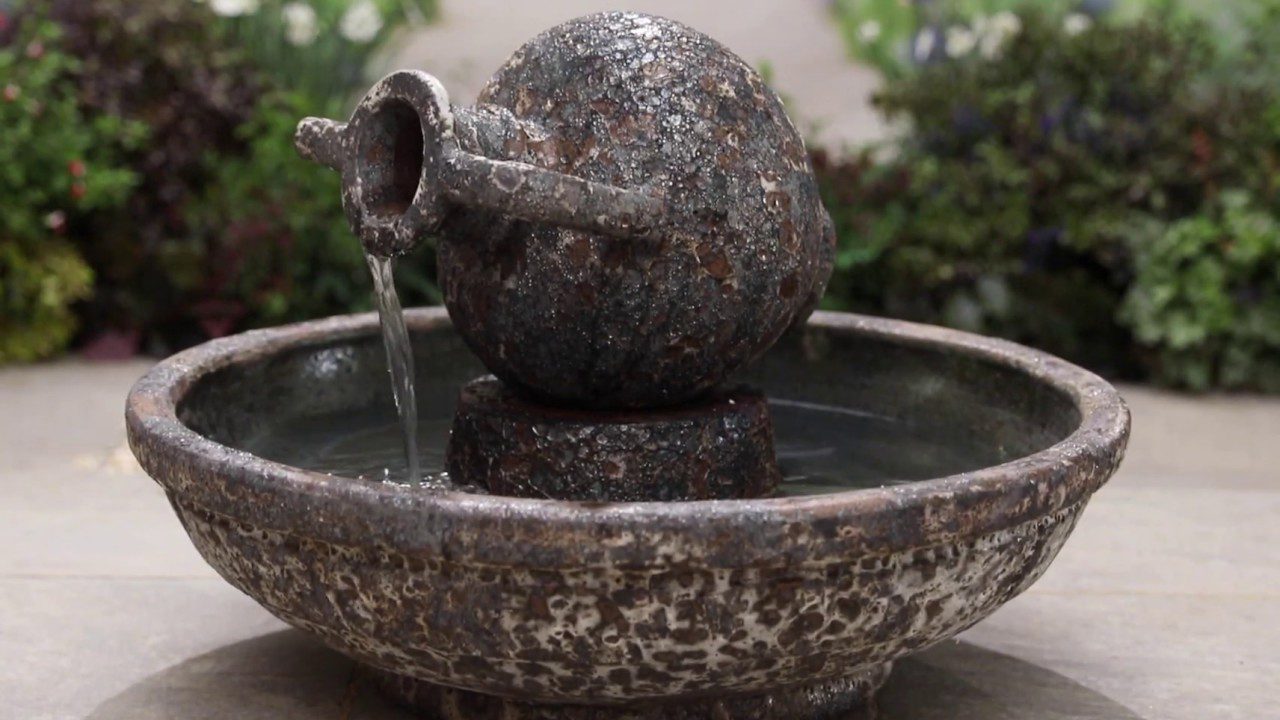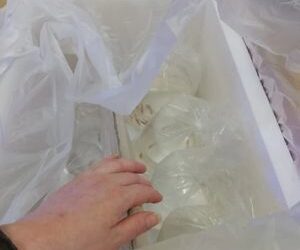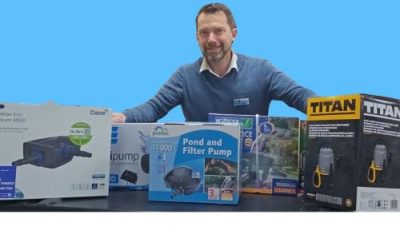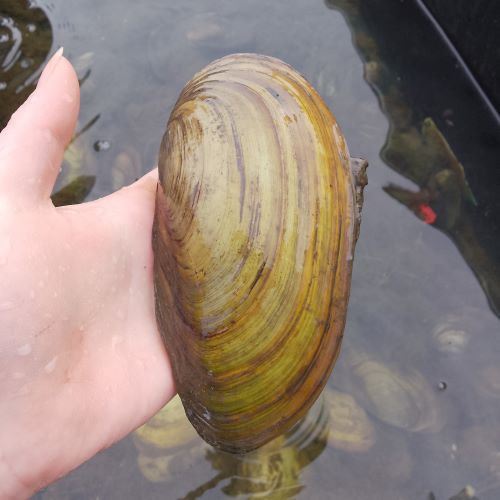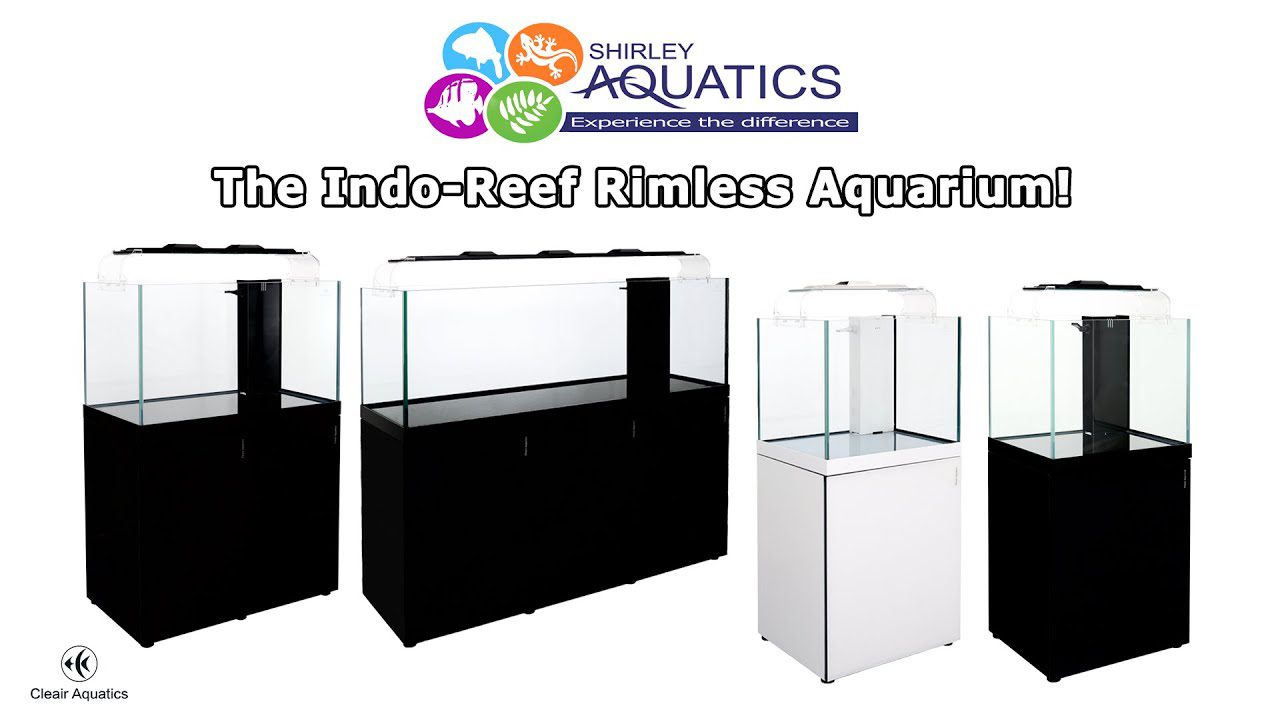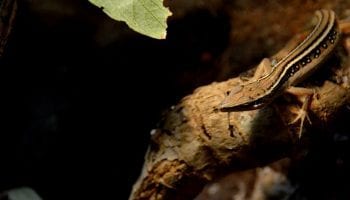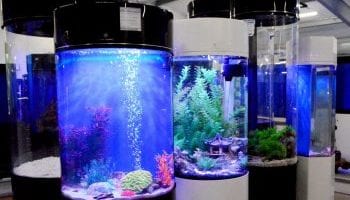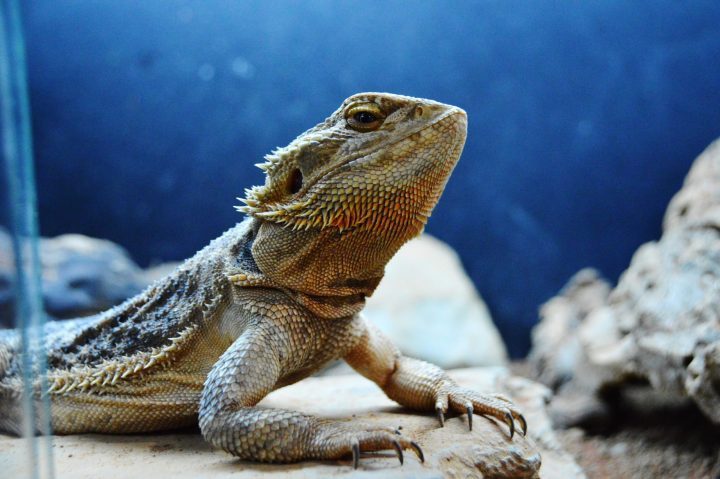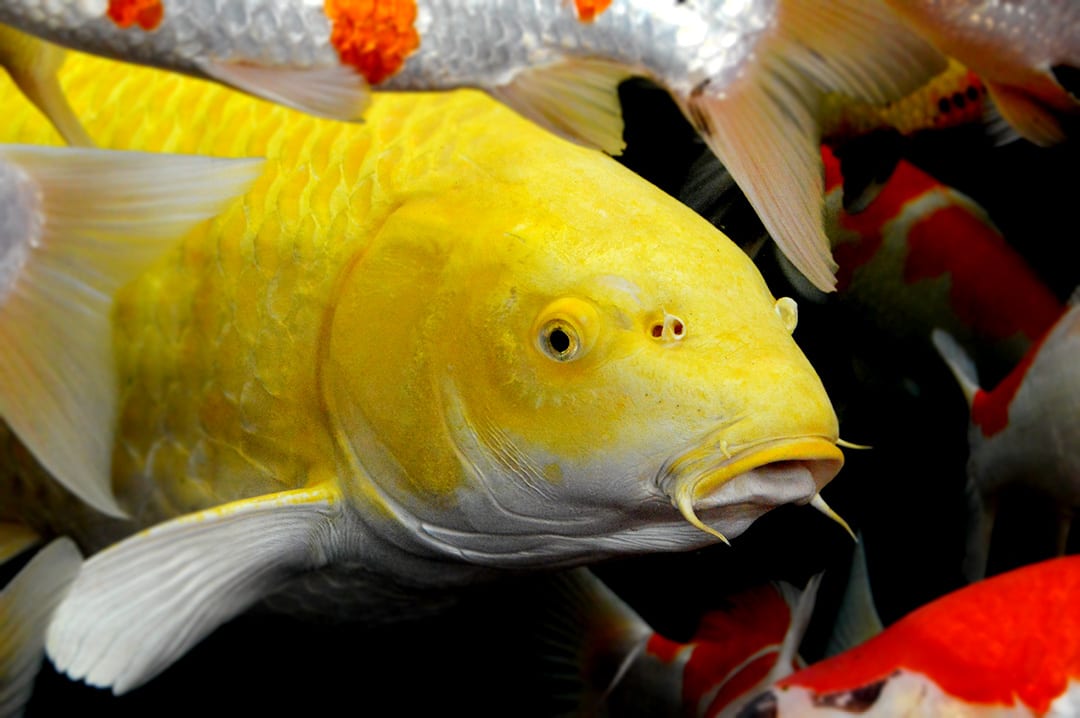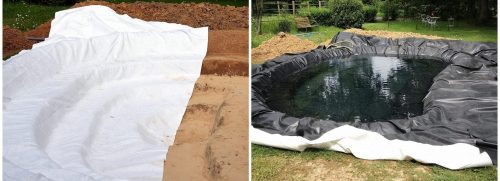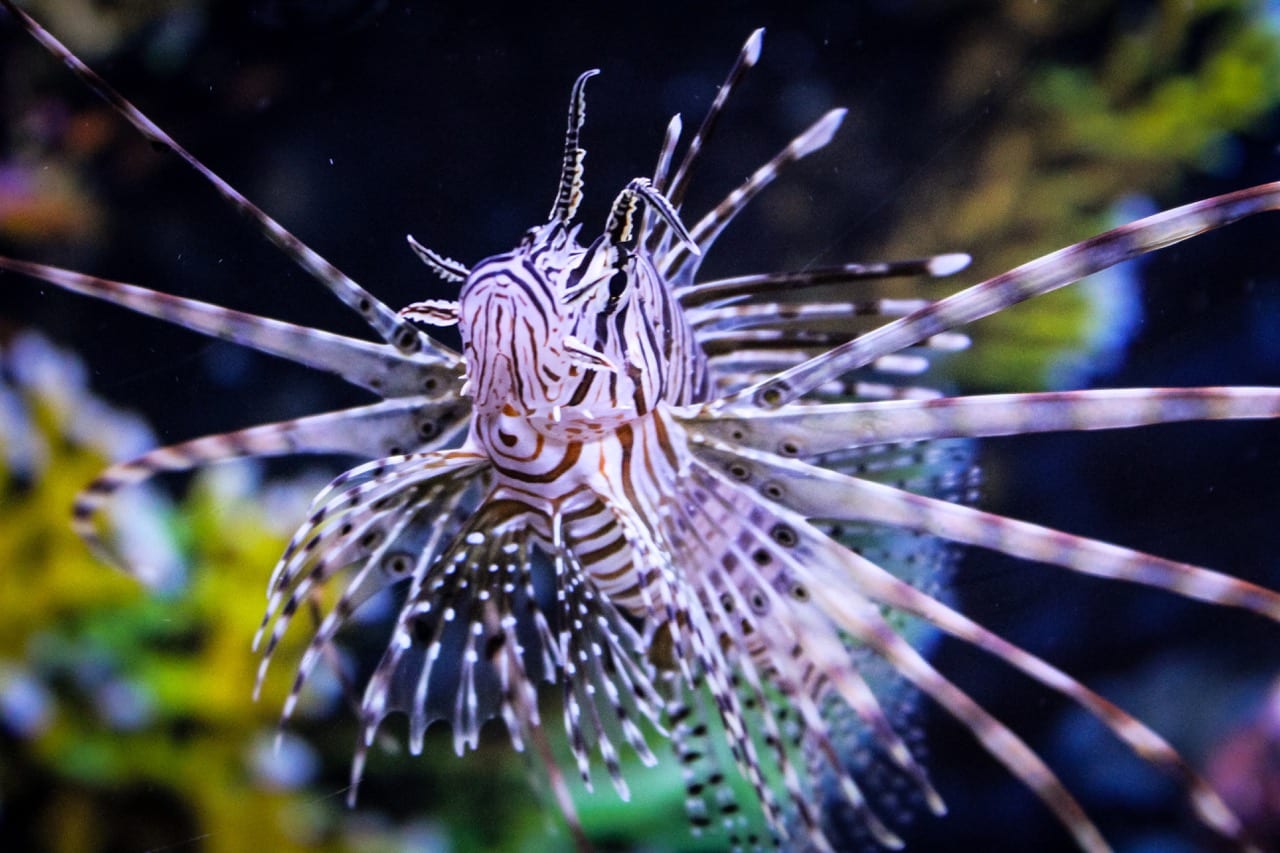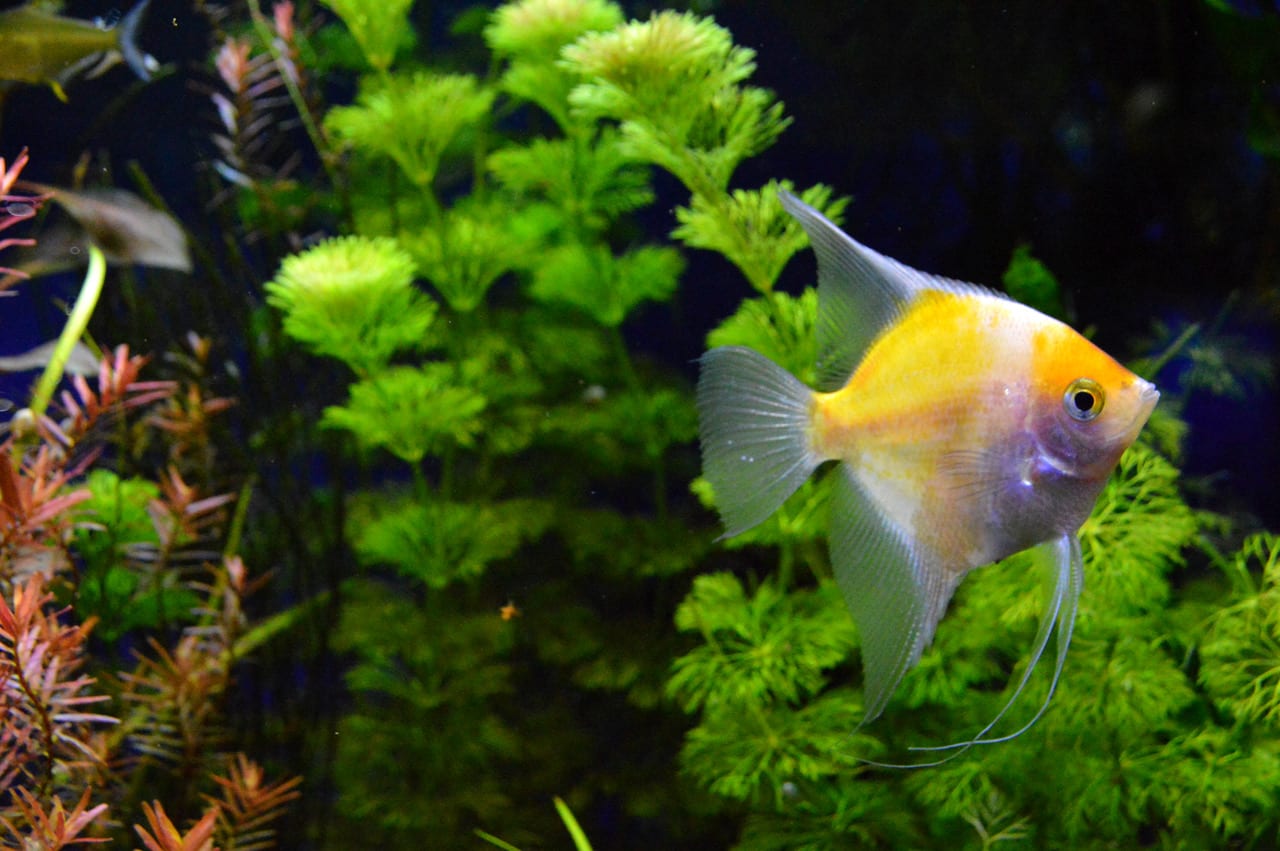Water features have been used in gardens for thousands of years. As you may suspect the evidence for farmed aquatic plants reaches back further than planned ornamental gardening, with rice being domesticated & farmed in Thailand in 4000 BC. In fact, the earliest documented planned water gardening was taking place in Egypt as far back as 2800 BC! Decorative ponds & fountains were regular additions to households in ancient Mesopotamia. With plenty of irrigation channels around it’s hardly surprising that some green fingered bright spark may ‘divert’ a little of this for their own project – or simply have it flowing through their garden.
Throughout history, then, water in the garden has been a regular theme. The Greeks produced Theophrastus, the first botanical taxonomist. The Romans often included water in their gardens albeit in a more utilitarian fashion than their Middle Eastern contemporaries. The Islamic conquest of Spain in the eighth century brought new ornamental water gardening into Western Europe eventually resulting in wonders like the Alhambra palace. Lotus pools & deer deterrents (I’ll come back to this) in Japan. The Taj Mahal in India. It seems no matter where you’re from or what you believe, water is a lodestone for us all.
That’s all very well and good, we hear you cry, but I don’t have great big palace grounds in which to design a watercourse! For the modern hobbyist looking to add a splash of something (not sorry for that one) to their garden here is our guide on everything you need to know about water features.
What is a water feature?
A water feature is absolutely anything that has running water as an element. You could stand in the middle of your lawn pointing a hose at a bucket and be considered a water feature. Although this particular method is something of a time drain.
Water features tend to fall into three categories; traditional (think urinating prince), contemporary (geometric shapes, for example), and down right home made – which always surprise and delight with their ingenuity!
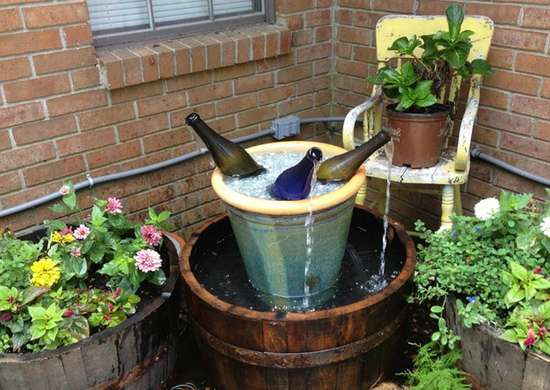
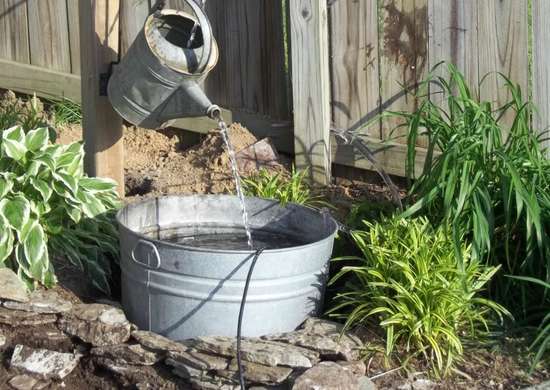
Self contained water features
All water features recirculate water using a pump. We generally class self-contained water features as those that have their own built in pump & reservoir, and can be plonked in the middle of a patio with no plumbing required. For this reason they tend to be the most popular.
They come in a variety of formats, usually made of resin and so are fairly lightweight. The pumps (and often lights) are low voltage with a weatherproof transformer and at least 10 metres of cable, giving you some wiggle room in terms of placement in your garden. The reservoir is often hidden in the base,and they rarely take longer than about an hour to set up. All this means you can have a little tinkle in your garden in no time at all.
Two wonderful examples of popular self contained water features would be the RHS Wisley (which sounds like a rather grand sailing ship) and Kelkay’s ‘Artefact’. These two each have their own charms; the Wisley offers a classic addition to a traditional garden, whilst the Artefact is one of a very few water features that fits well in both traditional and contemporary gardens.
It is important to note that at time of writing these water features are available for pre-booking ahead of new stock arriving in October. Due to the global disruption of shipping our stock levels for these products have been very low. With a waiting list already forming we really do recommend calling us to reserve yours ahead of time.
Home made water features
As you’ll have seen above, there are some wonderful examples of DIY water features out there. If you find you’ve got the creative bug and fancy having a bash at one yourself here are some tips from us.
All water features recirculate water using a pump. This doesn’t have to be huge although the livelier you want your water feature, or the further water has to travel, the bigger your pump needs to be. For a fantastic example of what happens when enormous wealth meets enormous obstacles with water features, click here. I’ll give you a clue – it split the river Seine in half, pumped 800,000 litres of water a day over 11 miles, needed three pumping stations and an aqueduct, took four years to make & cost £30 million.
Assuming you don’t have that down the back of the couch…
All you need to have to create a home made water feature is a pump and a reservoir. Beyond that you can utilise anything that takes your fancy to deliver the water back into the reservoir. A piece of wood, copper pipe, an old welly, there are endless possibilities.
Which brings me back to the deer deterrent (remember that?!). If you’ve ever wondered what these are in Japanese gardens;
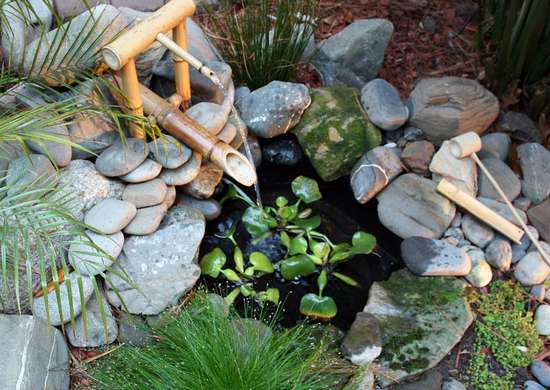
You’ll have seen these without realised what they are. The bamboo fills with water until its weight causes the shoot to overbalance and pour the water into the reservoir. What you might not know is that the rhythmic thumping of the bamboo returning to its starting position was the real purpose of the feature. That thumping noise would effectively scare deer off from eating all of the delicious (and painstakingly maintained) plants and flowers often found around Japanese water gardens. Whilst this may represent a more challenging self-build, it adds another audible dimension to your garden.
We feel that plants really complete the feature and will help you when it comes to integrating it into your garden space. Matching any existing colours or species of plant in your garden will make the feature blend in and look congruent. If, however, your garden is all sharp angles, stone, and open space then perhaps this isn’t the way to go for you. Play around and see what you like best.
Cleaning water features
Keeping a water feature clean doesn’t have to be a job you add to your ‘saturday list’. Simply keep it dosed with Clarity to keep the algae away. Not only that but unlike other water feature clarifiers it is safe for birds and animals to drink. At £7.99 for a tub that should last all year it really is a no-brainer!

EcoTreat Clarity Pond Algae Treatment
Size: 250g
Max. 30kg per order.
Keeping your water features topped up
All water features will need topping up at some point, if you’re making your own, consider going for a larger reservoir to reduce the number of times you need to top up. Low water levels may result in damage to your pump.
Frost damage
Always protect water features from frost, unless you know the materials you have used could construct an outhouse in Siberia. Most resin water features are frost proof but they may lose some of their colour in winter and only having a small amount of water in there may, again, mean the pump gets damaged.
Get in touch!
We hope this has helped you navigate the basics of introducing a water feature to your garden. We would absolutely love to see and hear all about your own water features – DIY or otherwise! For some inspiration why not take a look at the water feature just to the left of our store’s front entrance – designed, made, and lovingly curated by our owner, Richard. Remember to tell him what you think of it!


